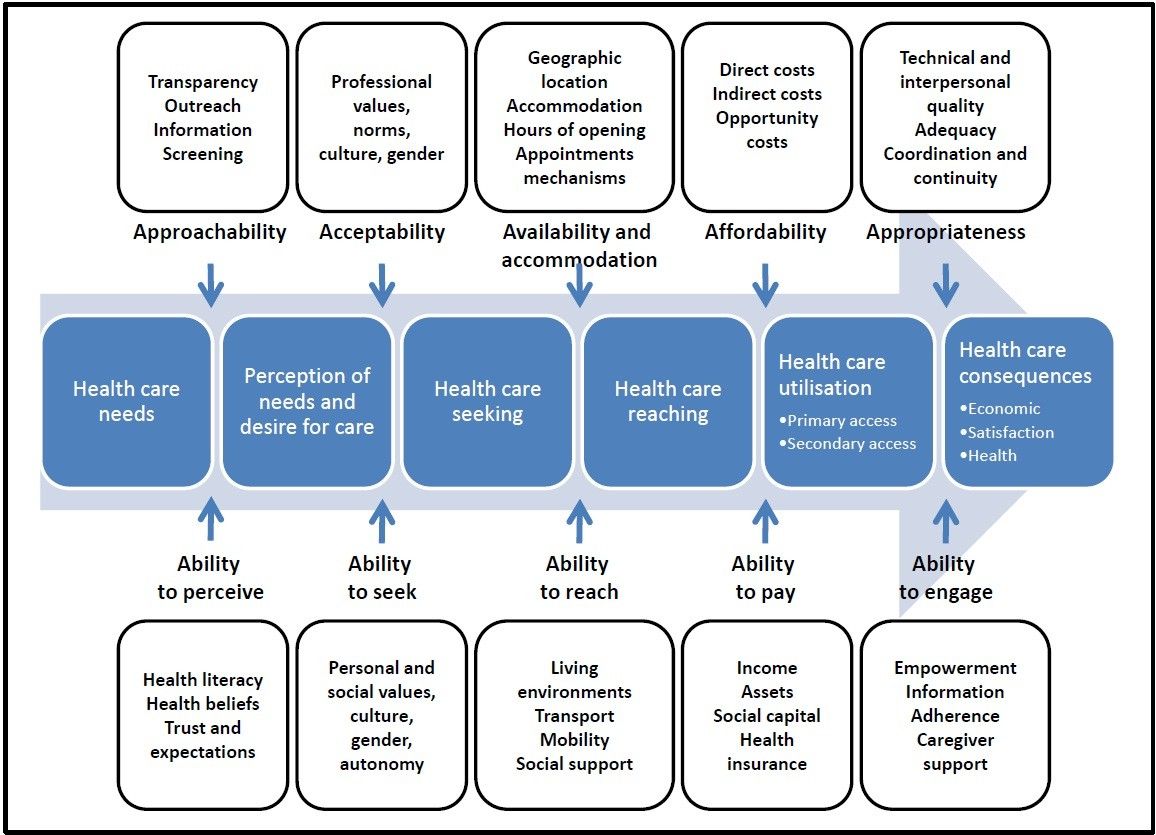Exploration & Design are the primary purposes of the first stage and include identifying the focus of and designing an intervention. The IMPACT program did this through deliberative forums, project team meetings, and community meetings (i.e., review of needs, intervention options, and foundational infrastructure) and was informed by results generated from a scoping review and realist reviews.
The key tasks for this stage include the following:
- Establish foundational structure for decisions related to intervention selection and design
- Identify need in the community (re: access to health care for vulnerable populations) (Figure 2)
- Consider evidence-informed programs/practices (e.g., scoping review, realist review, demographic and community profiles)
- Examine fit of intervention for target population(s) and impact on other services/programs within local context
- Need in agency, community, state, population(s) and level of urgency
- Fit with other current initiatives
- Resources and supports currently available for all potential stakeholders
- Evidence for intervention and its level and applicability to local population
- Readiness of local sites for attempting intervention
- Capacity of local sites to implement
When the intervention is finally designed in collaboration with stakeholders and all of the above assessments completed, it is time to move on to stage 2 and the work of preparing for implementing the intervention, recognizing that there will be some back and forth between the stages as new information is generated from action.
Figure 2. A conceptual framework of access to health care (Levesque et al., 2013).

